Checkered illusion
Access since December 15, 2004
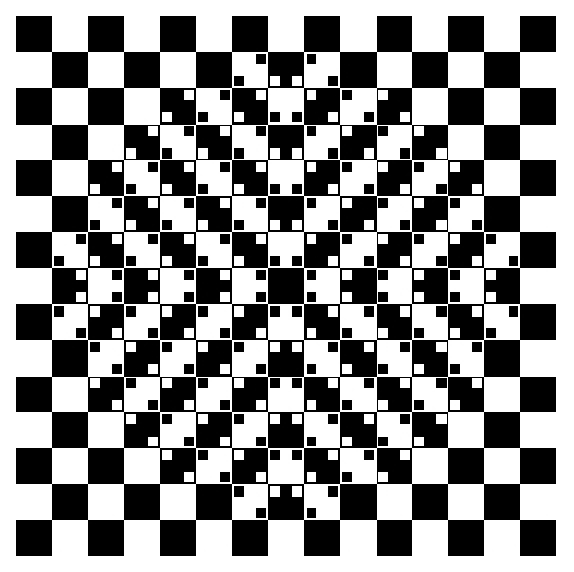
"A bulge"
The floor appears to bulge out, though this image consists of only squares.
Copyright A.Kitaoka 1998
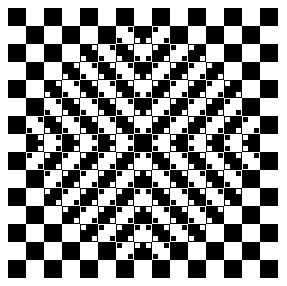
(a smaller one)
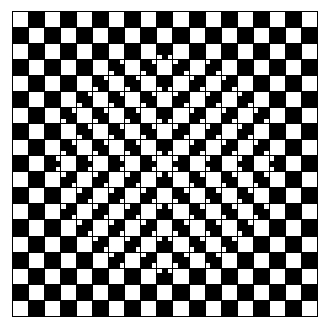
Kitaoka's (1998) oldest version
Kitaoka, A. (1998). Apparent contraction of edge
angles. Perception, 27, 1209-1219. ![]()
![]()

One of the basic images for the checkered illusion
The middle alignment is horizontal but appears to tilt counterclockwise.
Our explanation
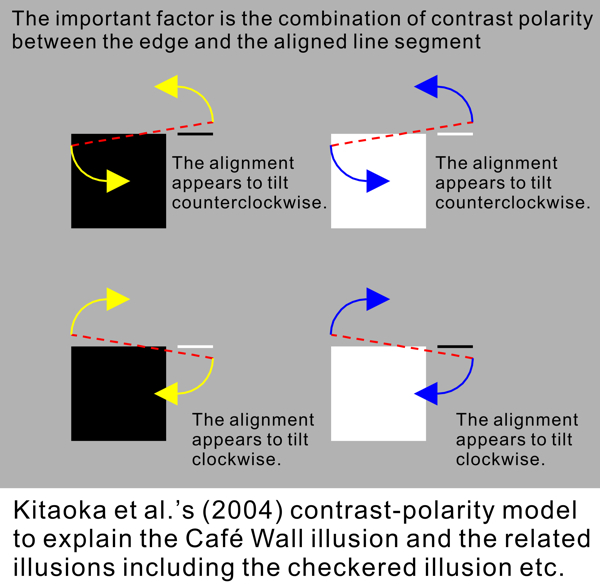
Copyright Akiyoshi Kitaoka 2011 (March 18)
Kitaoka, A., Pinna, B., and Brelstaff, G. (2004). Contrast polarities determine
the direction of Café Wall tilts. Perception, 33, 11-20. ![]()
![]()
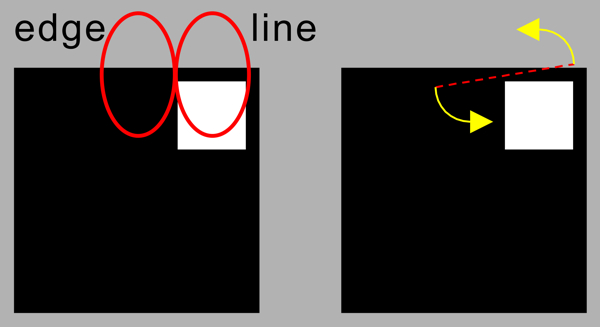
A schematic explanation of the checkered illusion using the contrast-polarity model

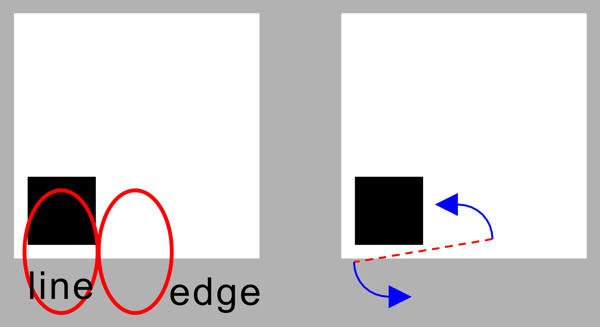
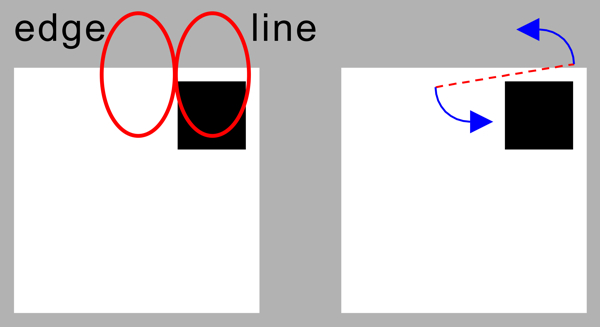

Kitaoka's (2007) Figure 24
Kitaoka, A. (2007) Tilt illusions after Oyama (1960): A review. Japanese Psychological Research, 49, 7-19. PDF
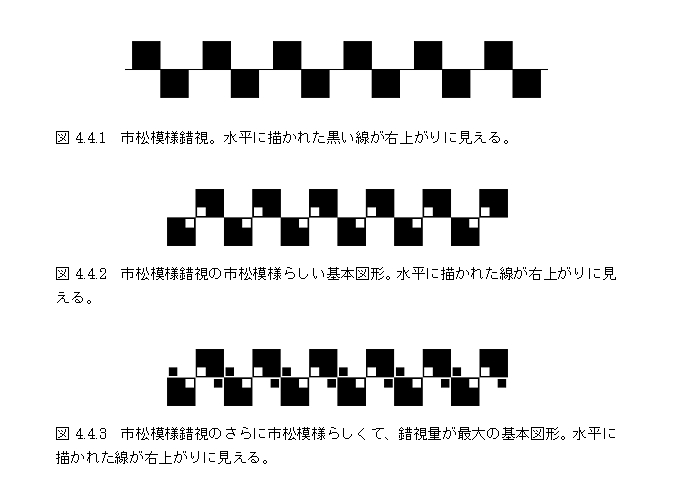
Kitaoka, A. (1998). Apparent contraction of edge
angles. Perception, 27, 1209-1219. ![]() Scanned
PDF request to me
Scanned
PDF request to me
Kitaoka, A., Pinna, B., and Brelstaff, G. (2004). Contrast polarities determine
the direction of Café Wall tilts. Perception, 33, 11-20. ![]() PDF
request to me.
PDF
request to me.
Kitaoka, A. (2007) Tilt illusions after Oyama (1960): A review. Japanese Psychological Research, 49, 7-19. PDF
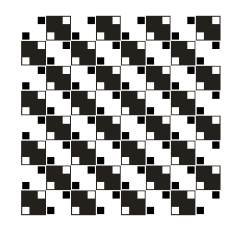
Kitaoka's version
The image is made up of only squares but appears to be distorted.
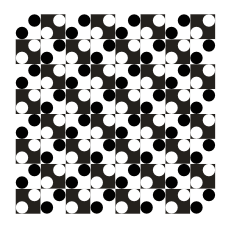
Ninio's version
The image is made up of only squares or circles but appears to be distorted.
Ninio, J. (2001) The science of illusions. Ithaca & London: Cornell University Press, p. 39